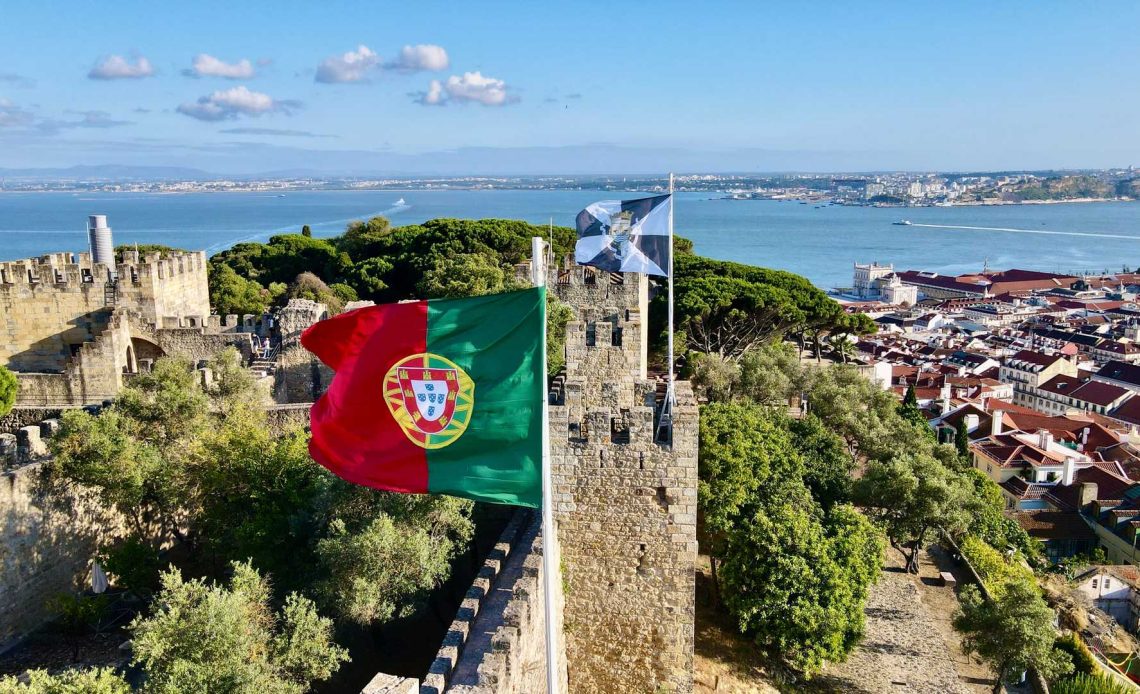
The Intriguing History of Lisbon, Portugal’s Timeless Capital
Introduction
Lisbon, the sun-drenched capital of Portugal, teems with a rich and textured history spanning thousands of years. This historical narrative interweaves periods of prosperity, destruction, resilience, and renaissance. This article delves into Lisbon’s past, tracing its transformation from a Phoenician outpost to a vibrant European capital.
The Founding of Lisbon
Lisbon’s history begins in antiquity, with the Phoenicians establishing a trading post around 1200 BC. They named it Alis Ubbo, or “safe harbour”, marking the city’s inaugural chapter as a maritime hub.
From Romans to Visigoths
In 205 BC, Lisbon, then known as Olissipo, became a part of the sprawling Roman Empire. As a strategically located port, the city flourished, promoting trade with Rome’s distant territories. Following Rome’s decline, the Visigoths took control, leaving their mark with architectural remnants.
The Moorish Influence
The Moors seized Lisbon in the 8th century, sparking a cultural and architectural renaissance. The city, fortified and adorned with Moorish landmarks like the São Jorge Castle, evolved into an essential trading center between the Mediterranean and Northern Europe.
Christian Reconquest and Expansion
King Afonso Henriques, in the Christian Reconquista of 1147, recaptured Lisbon. Subsequently, in 1255, Lisbon ascended as the capital of Portugal. The city expanded beyond its original Moorish walls, and numerous gothic cathedrals and monasteries sprung up, signifying its Christian heritage.
The Pioneering Spirit of Discovery
The Age of Discovery in the 15th and 16th centuries saw Lisbon at the helm. Explorers, including the legendary Vasco da Gama, began their monumental voyages from Lisbon’s shores, heralding Portugal’s era as a maritime powerhouse. This period infused Lisbon’s landscape with majestic monuments like the Belém Tower and the Monument to the Discoveries.
Rebirth from Ruins: The 1755 Earthquake
The Great Earthquake of 1755, coupled with ensuing tsunamis and fires, brought Lisbon to its knees. The city’s subsequent revival, spearheaded by Marquis de Pombal, spawned the distinctive Pombaline style of architecture that defines much of today’s downtown Lisbon.
The Twentieth Century: Turmoil and Progress
The 20th century was a tumultuous time for Lisbon, marked by political instability, the Carnation Revolution, and Portugal’s entry into the European Union. Despite the upheaval, Lisbon progressed steadily, becoming an emblem of democracy and development in Portugal.
Modern Lisbon: A Blend of Old and New
Today, Lisbon is a harmonious blend of its past and present. Its ancient streets, steeped in history, are complemented by contemporary architectural marvels, innovative technology start-ups, and a vibrant cultural scene. The city’s enduring allure lies in this charming co-existence of the old and the new.
The history of Lisbon is a captivating saga of resilience, reinvention, and enduring charm. This riveting journey through time reveals the spirit of Lisbon




